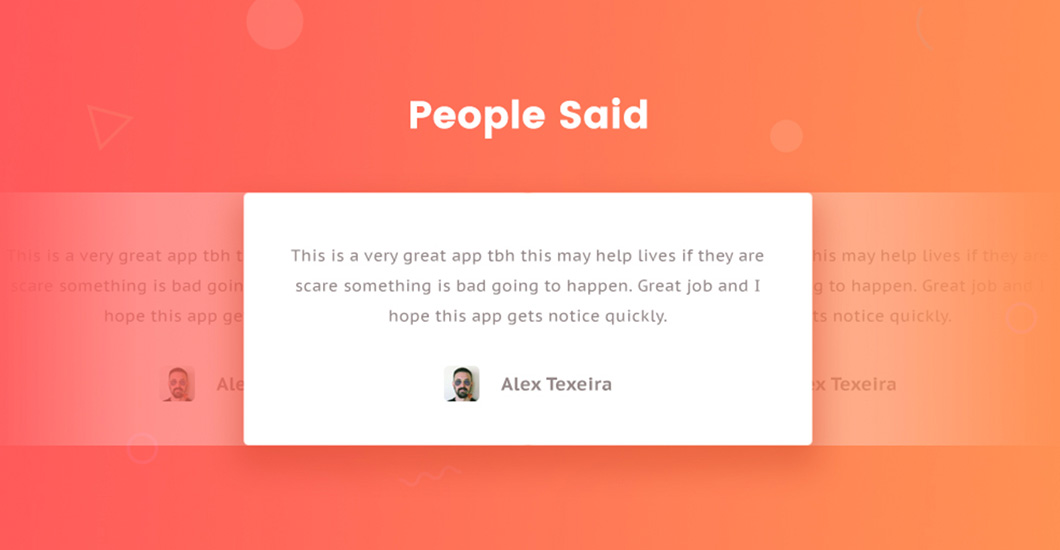6 Steps to Optimize Your Blog Posts for SEO
It’s a no brainer that content writing is a significant part of any SEO strategy. If you have no content, you will not be able to do SEO. You won’t rank without it. And the foundation of content marketing is blogging. That’s why it is crucial to learn the best practices of optimizing your blog posts for SEO.
It is necessary to produce content and get your blog up and running. However, there are some extra steps you can take to ensure your blog posts are optimized for SEO to make it work much better.
While the focus of your content should generally be your audience instead of search engines, there are a few helpful ways which you can use to make your blog posts go further in Google and other search engine results.
Look For That Winning Keyword
Keyword research should be the very first step in developing a strategy for your SEO. It will help you determine the specific topics which your target audience is interested in and the search terms you want to be using.
It will be a smart move on your part to have at least one to two primary keywords in mind for every blog post, as well as some related or similar secondary keywords. It can be a challenge to figure out the right keyword though, so you should really dive into your audience’s heads. Also, there are SEO tools and plugins such as Yoast that can help you in the optimization process.
Incorporate these keywords in your post appropriately and where relevant in a natural way. It’s never a good idea to force them where they don’t make sense. Keep in mind that search engines do not like keyword stuffing, and you may end up getting penalized for it.
Google uses latent semantic indexing or LSI, so using the exact keywords to substitute similar terms is not as important as it used to be. But it will be worth it to use those relevant keywords, just make sure you don’t exaggerate or overuse them.
How To Use Your Keywords Properly
If you’re looking to get a high rank for a particular term, make sure to use it quite often within your text. You want to send Google a message that your post is all about that specific keyword. Again, do not go overboard as it should go naturally with your text.
The perfect keyword density is 2%, which is about one in fifty words. It is recommended to create a lengthy text of around 300 words so that you can use your keyword a few times.
Here are a few useful tips when using your keywords:
Long-tail keyword.
Using phrases that contain one or two words are often quite hard to rank and competitive. It’ll be worth your time to use longer relevant phrases instead. For instance, if you want to target a general keyword in your blog post like SEO, it will make more sense to be more specific and use “optimize a website for local SEO” instead of just “SEO.”
Consider voice research.
More and more people are using Alexa and Siri. Thus, it is now becoming essential to optimize your content for voice research. Also, it’s still new, and not all businesses are considering it, so it’ll be beneficial on your part to utilize it to get ahead of your competition.
Optimize Your Post Title
Your post title is one of the key elements that the search engines pay close attention to, to understand what your page is about. This is a great chance to use your primary keyword for communicating your content.
Make sure to incorporate it in a way that makes a lot of sense. If it’s included in a way that will confuse your readers, there’s a high chance that they will not click your link. And the absence of clicks will hurt your SEO efforts a lot more than help it by using your keyword.
Optimize Your Subheadings
You also need to consider using your focus keyword in at least one of the subheadings in your post. Search engines also give weight to page headings to determine what your page is offering. Those <h1>, <h2> or <h3> tags are usually a good place to include your secondary keywords.
Customize Your URL With Your Keyword
The URL of your page is also an important element of your blog where you can place your focus keyword. Search engines also consider it when trying to figure out and understand what your page is, making it an essential ranking factor.
Before publishing your page, it’s a good idea to customize its URL first. So if your blog post is about optimizing images to get better SEO results, your URL should be like https://www.b3multimedia.ie/how-to-optimize-images-for-better-seo-results.
What About Those Snippets?
Snippets are the short description and title of your post that search engines show in their search results. It’s vital to edit it since it’s the first thing that your target audience will see and read. This is what may convince them to click and visit your site.
Unfortunately, there’s no assurance that Google and other search engines will display that particular snippet. But your SEO strategy should always include creating an awesome snippet preview that contains your focus keyword.
It’s clearly a must for any website owner to optimize their blog posts for search engines. However, all of your SEO efforts will be in vain if you will not write amazing content that your target demographic will find relevant. Also, you need to make your text easy on the eyes and readable. Follow these simple SEO blog post optimization tips and get that coveted number one spot on search engine results. Did we miss anything? Let us know by commenting below!
Aileen Cuaresma
Aileen is a Technical and Creative writer with an extensive knowledge of WordPress and Shopify. She works with companies on building their brand and optimizing their website. She also runs a local travel agency with her family. On her free time, she loves reading books, exploring the unknown, playing with her two adorable dogs, and listening to K-pop.
Start Building your Legal Services Website with Liberty!
We have a sweet deal for you! We are offering a huge sale! You can get our latest Liberty Divi theme with a 20% discount! Use the coupon code LIBERTY20 at checkout!















0 Comments